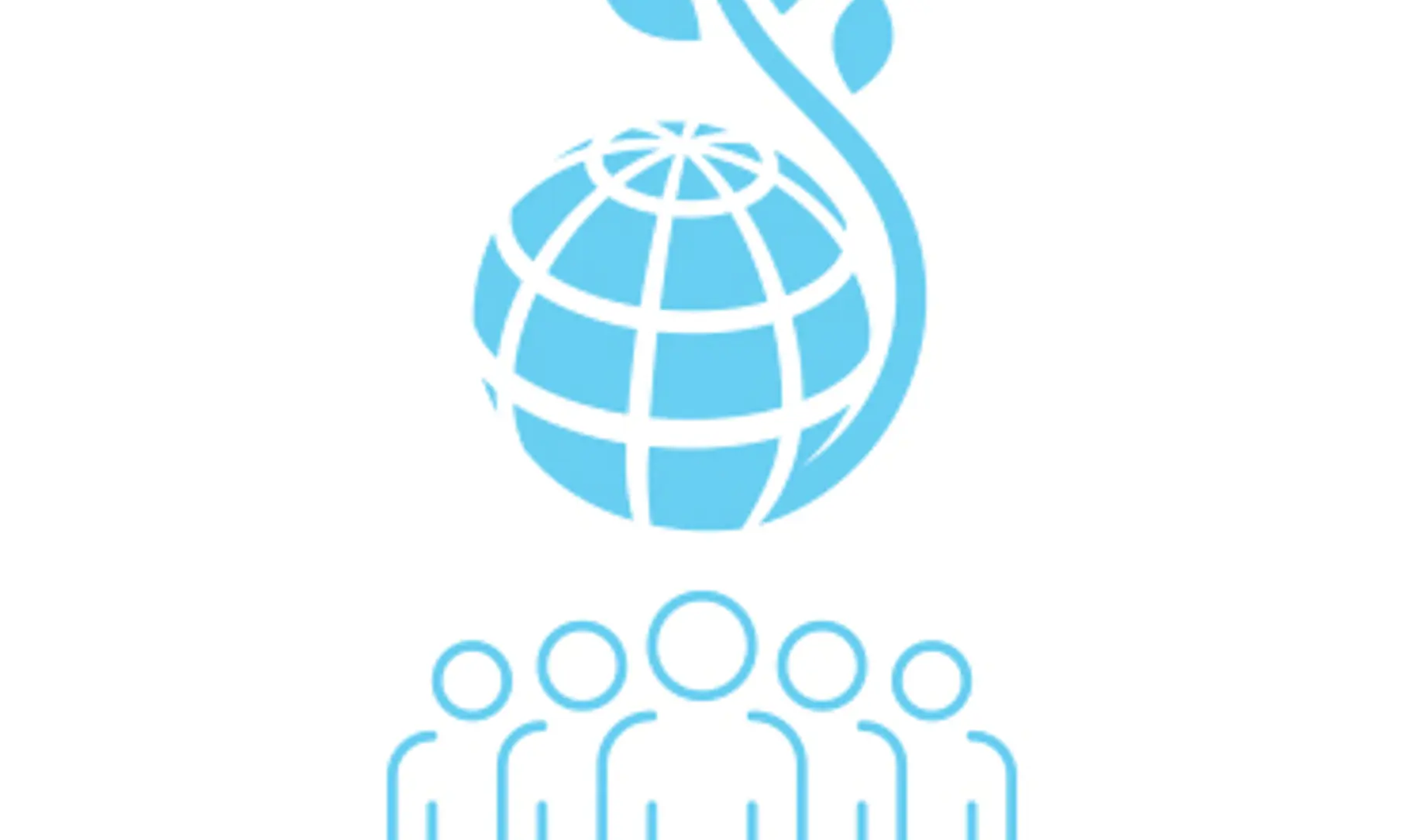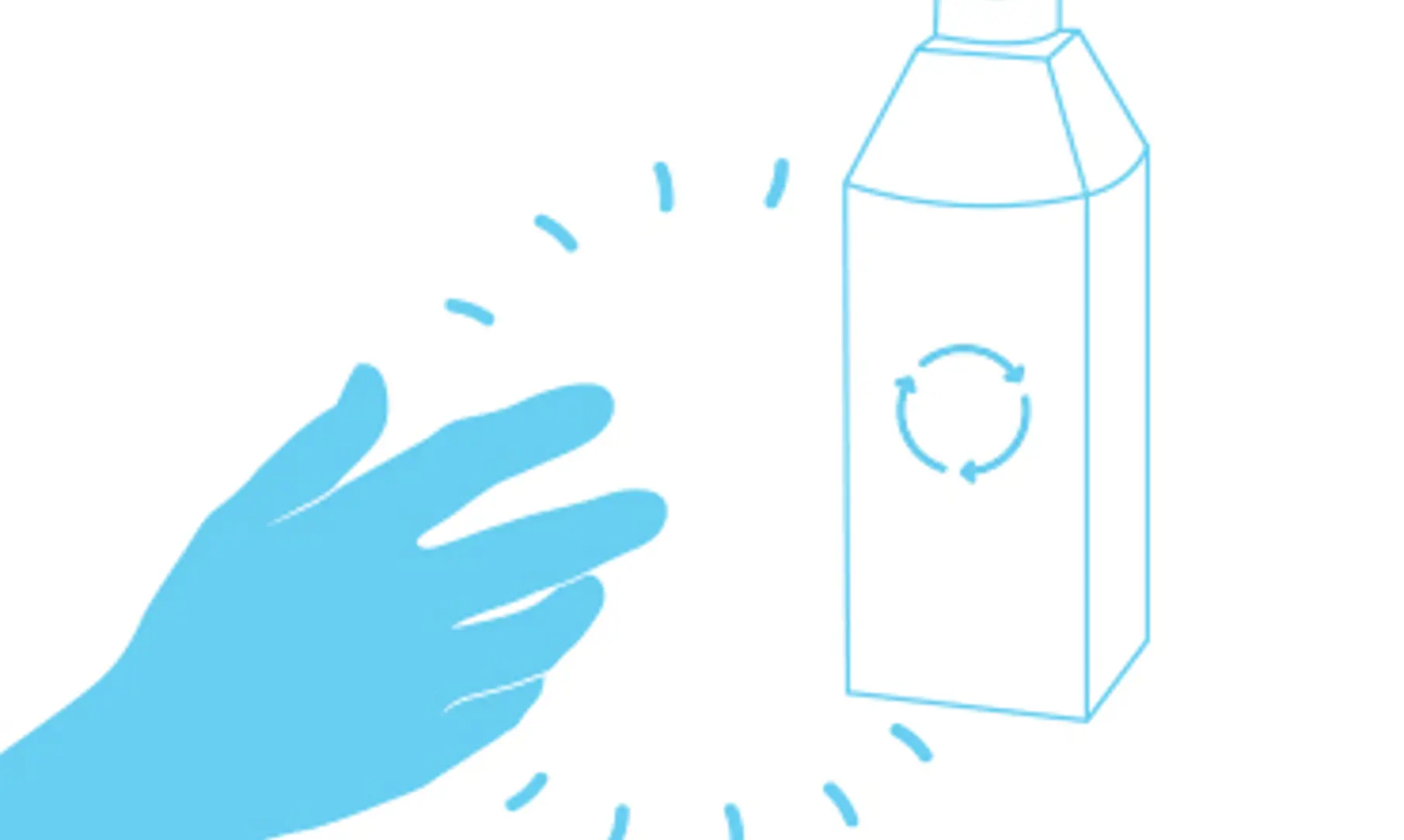Driving sustainable growth

Previously, in our Seizing Opportunities series, we saw how consumers are calling for more trust and transparency. Now, we turn to the growing demand for sustainability
Taste, purpose, price. When it comes to food and beverage products, these are among the main factors traditionally driving purchasing decisions for consumers. But in recent years, another consideration has been placed firmly at the top of the agenda: sustainability.
As the global population rises – and consumption with it – we’re becoming more aware of our impact on the planet. And with an estimated 5.3 billion middle class consumers expected by 2030, we’re seeing a growing strain on food, water and energy supplies. However, coupled with increasing consumer awareness of sustainability, in addition to their desire to be more responsible, food and beverage producers have a great opportunity to capitalise on demand for products with a small footprint.
With concerns such as plastic pollution, biodiversity loss and climate change, more and more consumers want every part of the product they buy to contribute to a better society. They also want to associate with brands that do more than simply produce a “green” product. So, to really win today’s consumers over, brands need to involve sustainability at every stage of the product lifecycle – and they need to communicate this clearly.
A sustainable future
As a global megatrend, it’s clear that sustainability is here to stay. In the US, for example, consumers spent $128.5bn on sustainable, fast-moving goods in 2018. By 2021, this figure is expected to reach somewhere between $142.4bn and $150.1bn, fuelled largely by millennials and Generation Z – two groups with great purchasing power, and both very much influenced by the environment and long-term health of the planet.

In return for having their sustainability demands met, these consumers are willing to pay more for goods and services which are considered responsible and environmentally friendly. In fact, in a recent study of 6,000 people living across North America, Europe and Asia, more than half said they would pay a higher price for a good that met these requirements.
For example, take plastic – or the desired lack of it. Most consumers perceive plastic to be the least environmentally friendly packaging material, with paper on the opposite end of the scale. In a 2019 study by YouGov in the UK, almost half the respondents revealed guilt over their plastic use, while 69% agreed that companies should be required by law to produce eco-friendly packaging – even if it meant prices going up.
Consumers also want to be loyal to a brand that can clearly communicate its green efforts while being transparent about its processes. By providing access to information on issues such as farming practices, social responsibility initiatives and resource management, producers can win consumer trust for the long term. And if a brand fails to meet these new standards required of them? Consumers will do their homework and find a competitor who fits their needs.
The sustainable journey
If you want to offer consumers more sustainable- and responsible-minded products, then packaging, and the system behind it, is the right place to start. Why? Because packaging is the first real touch-point for consumers and sets the tone for their entire brand experience – especially for sustainable-conscious consumers.

Today, it’s crucial for brands and producers to consider whether their packaging is right for their product, asking does it meet the needs of conscious consumers? Is it made from the right packaging material? Does it help reduce emissions and increase recycling? Does it increase the use of certified materials? What are the overall impacts of this packaging? And is it produced in an environmentally-friendly way?
Leading the way
Independent lifecycle assessments show SIG carton packs offer a significantly better environmental performance than alternative packaging for a range of products, including long-life food, UHT milk and non-carbonated soft drinks. And to help producers offer even more responsible and sustainable packaging, we provide a whole of range of solutions that go even further for the environment.
That’s why SIG is considered a frontrunner in sustainability in markets around the world. We were the first, for example, to have all our packaging 100% FSC™-certified, meaning all our paperboard comes from responsibly-managed forests. And our SIGNATURE 100 aseptic structure was also the first to be fully linked to plant-based renewable materials via mass balance.
As well as this, we were the first to offer aseptic carton packs using responsibly-sourced aluminium foil certified to the Aluminium Stewardship Initiative (ASI) standard. Our EcoPlus and SIGNATURE 100 structures were the first in the aseptic carton industry to eliminate the layer of aluminium foil. And we were the first to introduce paper straws for beverage carton packs with an eco-friendly straw made entirely of paperboard.
In addition, we’ve recently set a bold new climate target that’s one of the first in our industry to be approved by the Science Based Targets Initiative as being in line with the latest climate science to limit global warming to 1.5°C above pre-industrial levels. It’s all part of our Way Beyond Good ambition – to be net positive by contributing more to society and the environment than we take out across our entire value chain.
Having taken all these steps to increase the sustainability of all our solutions and processes, we’re ready to help producers meet the growing demand for more responsible and environmentally sound products – now, and in the future.
Don’t miss the final part of Seizing Opportunities when we’ll recap all the trends and demands covered in our series. And we’ll show that with our packaging, technology, services and solutions, we can help you seize a world of opportunities.
- 10月 01, 2020
